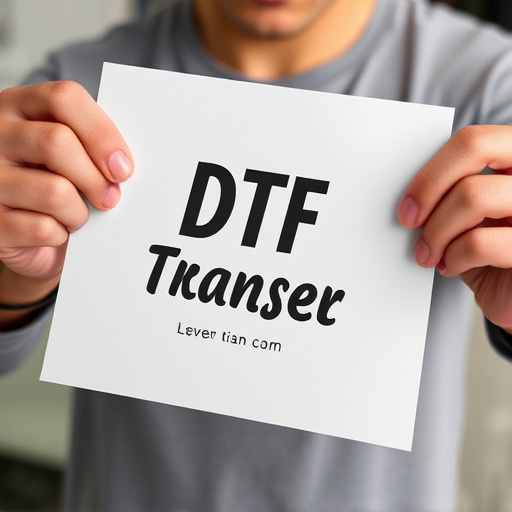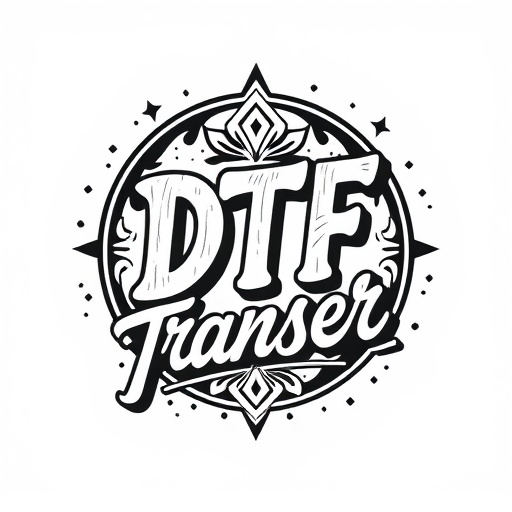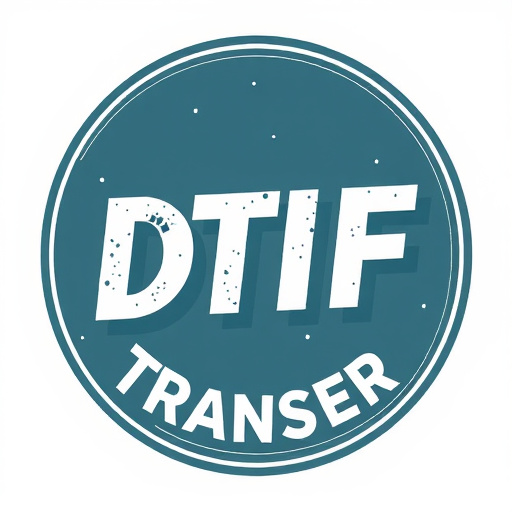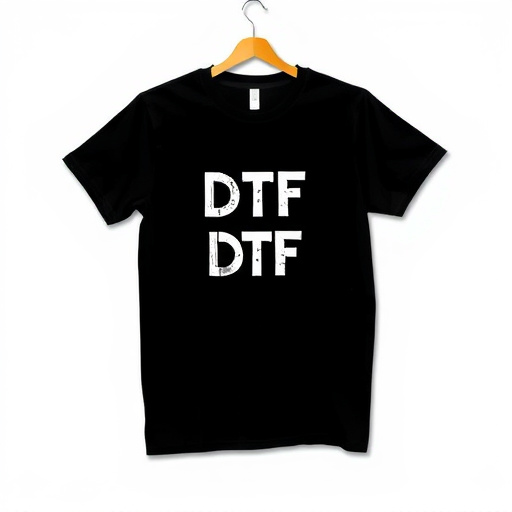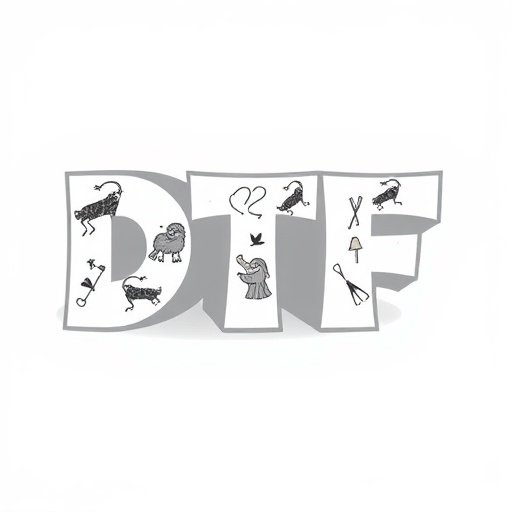Direct-to-film (DTF) transfers revolutionize branding by enabling businesses to print intricate designs directly onto various surfaces with exceptional detail and vibrant colors. This versatile technology is widely used in marketing materials, packaging, and even fashion, allowing for unique brand experiences. The multi-step DTF process involves digital design, separation into color layers, heat/pressure transfer to substrates (like fabric, wood, metal), and curing for durability. DTF's adaptability, efficient production times, and superior durability make it a cost-effective choice for small to medium businesses. Choosing the right materials ensures prints withstand environmental conditions. DTF's future looks bright with advancements in materials, digital integration, and sustainability.
In today’s competitive market, distinctive business branding is paramount. Direct-to-film (DTF) transfers have emerged as a revolutionary technique, offering unparalleled versatility and impact in brand visualization. This article delves into the world of DTF printing, exploring its transformative potential for businesses. From understanding the cutting-edge process to uncovering creative applications across industries, we’ll guide you through the benefits, material choices, and future trends shaping this dynamic branding element. Discover how DTF transfers can propel your brand to new heights.
- Understanding Direct-to-Film (DTF) Transfers: A Revolutionary Branding Technique
- The Process of DTF Transfer Printing: From Design to Final Product
- Benefits of Using DTF Prints for Business Branding
- Choosing the Right Materials and Substrates for Optimal DTF Results
- Creative Applications of DTF Transfers in Various Industries
- Future Trends and Innovations in DTF Printing Technology
Understanding Direct-to-Film (DTF) Transfers: A Revolutionary Branding Technique
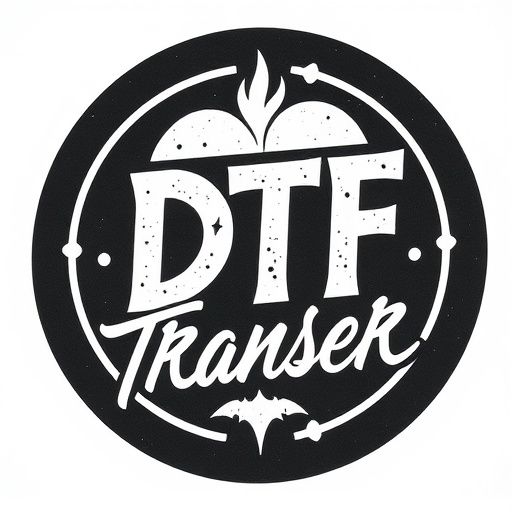
Direct-to-Film (DTF) transfers are a cutting-edge branding technique that has revolutionized the way businesses create and apply their brand identities. Unlike traditional printing methods, DTF involves transferring printed designs directly onto various surfaces using specialized equipment, such as printers or applicators. This innovative process allows for exceptional detail, vibrant colors, and an array of material applications, making it a versatile choice for brands looking to make a lasting impression.
DTF Printing offers businesses the opportunity to transform their marketing materials, products, and even packaging into powerful visual statements. From creating eye-catching stickers and labels to enhancing promotional items with intricate designs, DTF prints deliver outstanding results. Its precision and ability to handle complex artwork have made it a favorite among marketers aiming to create unique, memorable brand experiences.
The Process of DTF Transfer Printing: From Design to Final Product
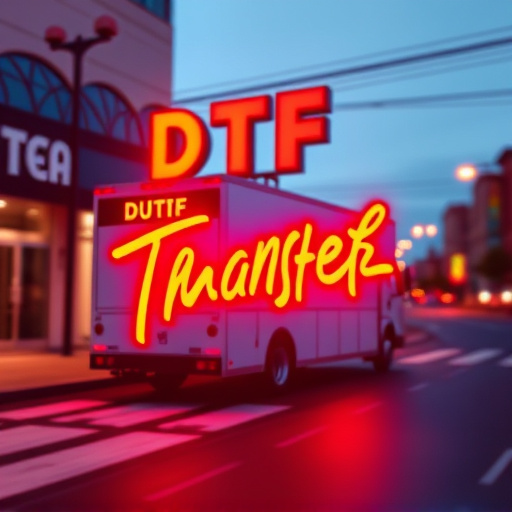
The process of DTF Transfer Printing involves a meticulous journey from design conception to the final, vibrant product. It begins with creating a digital design tailored for DTF transfer, ensuring it meets specific resolution and format requirements. This design is then separated into individual layers, each representing a color or element, allowing precise control during the printing stage.
Next, the design is sent to a specialized machine that uses a blend of heat and pressure to transfer the image onto various materials like fabric, wood, or metal. The DTF process offers exceptional detail retention and rich, accurate colors, making it ideal for branding elements that demand high-quality visuals. Once printed, the transferred layers are carefully cured, resulting in a durable, long-lasting finish ready for application to the desired surface.
Benefits of Using DTF Prints for Business Branding

Direct-to-film (DTF) transfers offer a myriad of benefits for business branding. One of the key advantages is their ability to produce high-quality, long-lasting prints on various materials, from vehicles and buildings to promotional merchandise. This versatility allows businesses to enhance their visibility and brand recognition in innovative ways, such as wrapping fleet vehicles or showcasing eye-catching graphics on outdoor signage.
Moreover, DTF Printing provides a cost-effective solution for small and medium-sized enterprises (SMEs) looking to create impactful branding without breaking the bank. The process is efficient, allowing for quick turnaround times, which is crucial in dynamic markets where timely marketing campaigns can make a significant difference. Additionally, DTF Transfers offer excellent durability, ensuring that branded materials withstand outdoor conditions, maintaining their vibrancy and clarity over extended periods.
Choosing the Right Materials and Substrates for Optimal DTF Results
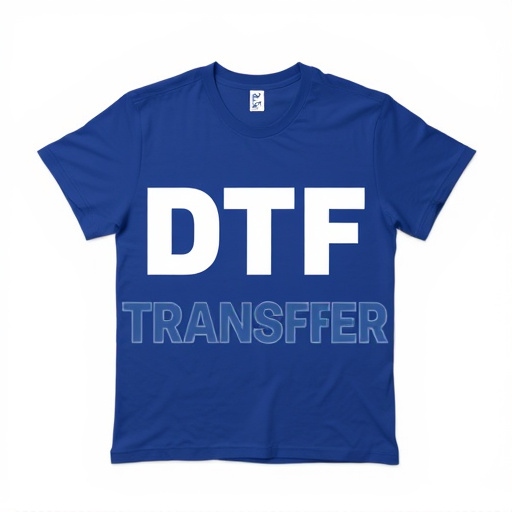
Choosing the right materials and substrates is paramount for achieving optimal results with direct-to-film (DTF) transfers. The suitability of a material depends on various factors, including the desired print quality, durability, and intended use. For high-quality DTF prints, a smooth, flat substrate like polyester film or vinyl offers excellent clarity and precision in the final transfer. These materials are also resistant to fading and wear, ensuring the branding remains vibrant over time.
When selecting substrates for DTF printing, consider the environment where the branded items will be used. For outdoor applications, weather-resistant vinyls are ideal, while interior signage benefits from glossy or matte polyester films. The right combination of material and substrate ensures that DTF transfers not only look spectacular but also withstand the test of time and usage, enhancing the overall brand experience.
Creative Applications of DTF Transfers in Various Industries

Direct-to-film (DTF) transfers have revolutionized branding and design across various sectors. Their versatility allows for creative applications in fields ranging from fashion and apparel to signage, packaging, and even automotive interiors. With DTF Printing, businesses can achieve intricate designs, vibrant colors, and high-resolution details directly on diverse materials, making it an appealing choice for custom branding.
In the fashion industry, DTF transfers are used to create unique patterns and graphics on clothing, footwear, and accessories. Signage manufacturers leverage DTF technology to produce eye-catching logos and messages on billboards, banners, and window displays. Moreover, in packaging design, DTF prints add a layer of sophistication to product wrapping, labels, and boxes, enhancing brand identity at point of sale. These applications demonstrate the adaptability of DTF transfers as a powerful tool for businesses seeking innovative and visually appealing branding solutions.
Future Trends and Innovations in DTF Printing Technology
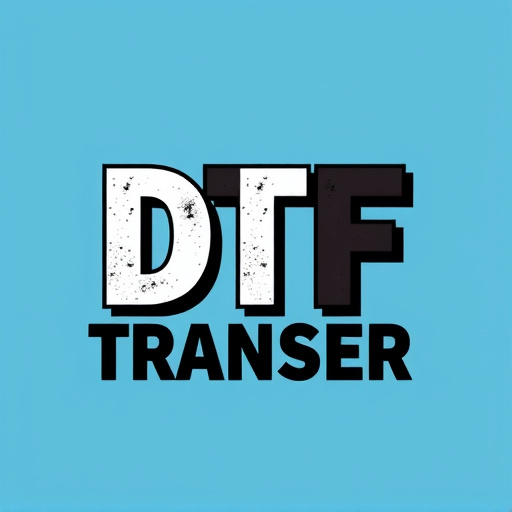
The future of direct-to-film (DTF) transfers and printing technology looks promising, with continuous innovations pushing the boundaries of what’s possible. As demand for high-quality, unique branding solutions grows, DTF is expected to play a significant role in shaping brand identities across various industries. One of the key trends is the development of more advanced materials that offer enhanced durability and vibrant color reproduction, ensuring DTF prints stand out and withstand the test of time.
Additionally, the integration of digital technologies such as artificial intelligence (AI) and machine learning can streamline the printing process, allowing for faster production times and greater customization. This evolution will enable businesses to create dynamic, data-driven branding campaigns that cater to individual consumer preferences. Furthermore, sustainability is a growing focus, leading to the exploration of eco-friendly DTF inks and substrates, making this printing method more appealing to environmentally conscious brands.








